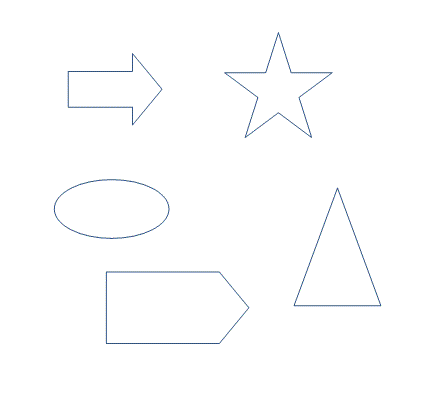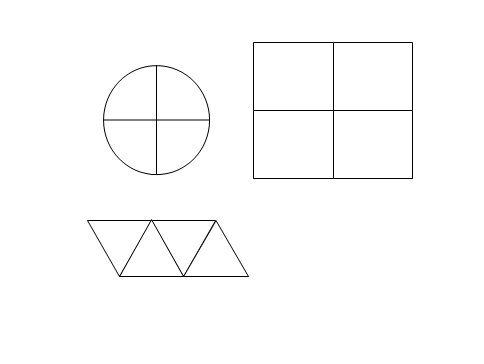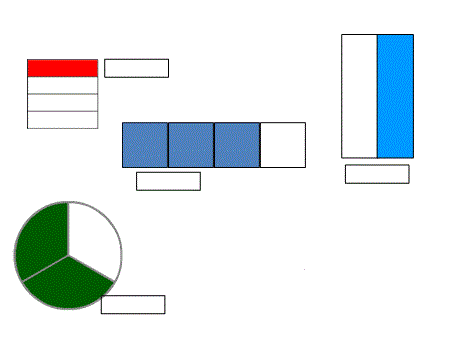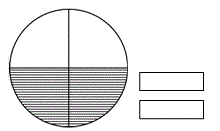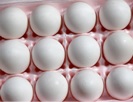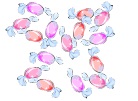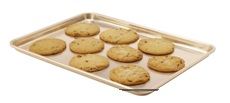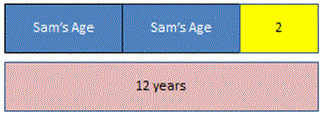Teachers should use every relevant subject to develop pupils’ mathematical fluency. Confidence in numeracy and other mathematical skills is a precondition of success across the national curriculum.
– National Curriculum in England Framework Document, September 2013, p10
Connections within Mathematics
Making connections to other topics within this year group
When teaching and learning about fractions in Year 2, links can be made with other areas of the Year 2 Mathematics curriculum;
Number and place value:
- identify, represent and estimate numbers using different representations, including the number line
Addition and subtraction:
solve problems with addition and subtraction:
- using concrete objects and pictorial representations, including those involving numbers, quantities and measure
- applying their increasing knowledge of mental and written methods
From Multiplication and division:
- solve problems involving multiplication and division, using materials, arrays, repeated addition, mental methods, and multiplication and division facts, including problems in contexts.
Measurement:
- tell and write the time to five minutes, including quarter past/to the hour and draw the hands on a clock face to show these times
- know the number of minutes in an hour and the number of hours in a day.
Making connections to this topic in adjacent year groups
Year 1
- recognise, find and name a half as one of two equal parts of an object, shape or quantity
- recognise, find and name a quarter as one of four equal parts of an object, shape or quantity.
Non Statutory guidance
Pupils are taught half and quarter as ‘fractions of’ discrete and continuous quantities by solving problems using shapes, objects and quantities. For example, they could recognise and find half a length, quantity, set of objects or shape. Pupils connect halves and quarters to the equal sharing and grouping of sets of objects and to measures, as well as recognising and combining halves and quarters as parts of a whole.
Year 3
- count up and down in tenths; recognise that tenths arise from dividing an object into 10 equal parts and in dividing one-digit numbers or quantities by 10
- recognise, find and write fractions of a discrete set of objects: unit fractions and non-unit fractions with small denominators
- recognise and use fractions as numbers: unit fractions and non-unit fractions with small denominators
- recognise and show, using diagrams, equivalent fractions with small denominators
- add and subtract fractions with the same denominator within one whole [for example,5⁄7 + 1⁄7 = 6⁄7 ]
- compare and order unit fractions, and fractions with the same denominators
- solve problems that involve all of the above
Non Statutory guidance
Pupils connect tenths to place value, decimal measures and to division by 10.
They begin to understand unit and non-unit fractions as numbers on the number line, and deduce relations between them, such as size and equivalence. They should go beyond the [0, 1] interval, including relating this to measure.
Pupils understand the relation between unit fractions as operators (fractions of), and division by integers.
They continue to recognise fractions in the context of parts of a whole, numbers, measurements, a shape, and unit fractions as a division of a quantity.
Pupils practise adding and subtracting fractions with the same denominator through a variety of increasingly complex problems to improve fluency.
Cross-curricular and real life connections
Fractions, in particular halves and quarters, can be linked to many different ‘real-life’ contexts. Children naturally use the term ‘half’ or ‘halve’ in general conversation. Encourage them, and the adults working with them, to refine their use of the word, and try to use it accurately.
‘Introduction to Fractions’ from Nrich provides a series of 7 useful activities for connecting fractions to other activities, in the form of a trail.
